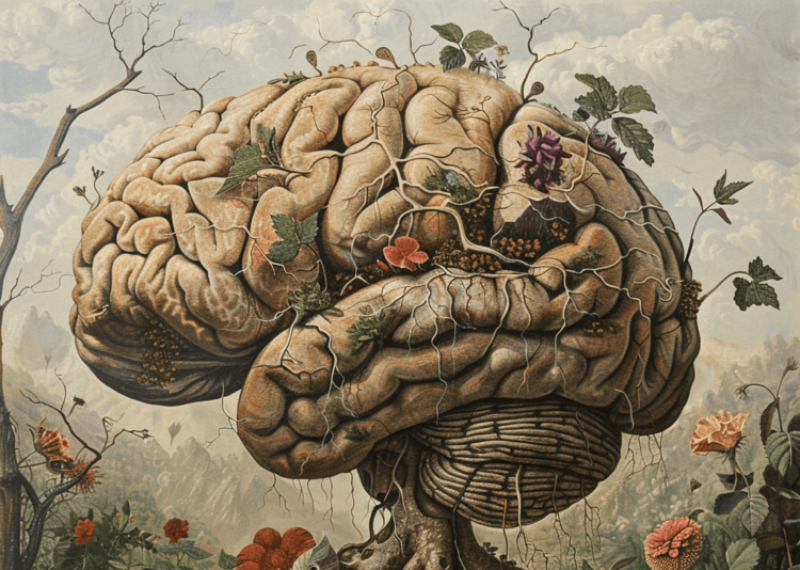A new study has unraveled a mystery that is key to understanding the course of human and animal evolution. A team of genetic researchers from Altos Labs at the Cambridge Institute of Science in the United Kingdom explain how infection by an incredibly ancient form of retrovirus jumpstarted the process of animal evolution.
When retroviruses infect an organism, they will invade that organism’s cellular DNA and plant their own genetic material inside of it. The host organism’s genome may then begin to function differently, possibly causing that organism and its offspring to develop some entirely new characteristics.
In the study just published in the journal Cell, scientists reported their discovery of a section of DNA in the cells of humans and other vertebrates (animals with a spine or backbone) that help stimulate the production of myelin, a substance concentrated in the central nervous system that is strongly linked to the evolution of complex mental and physical traits.
The scientists have been able to demonstrate that this section of DNA came from a retrovirus, and that it entered the collective genetic pools of mammals, amphibians and fish a long time ago.
“The cells got sick, and the cells thought — ‘We can use this sequence for our own purpose’,” is how study co-author Tanay Ghosh, a computational biologist at Alto Labs—Cambridge Institute of Science, described this monumental development in an interview with The Hill.































